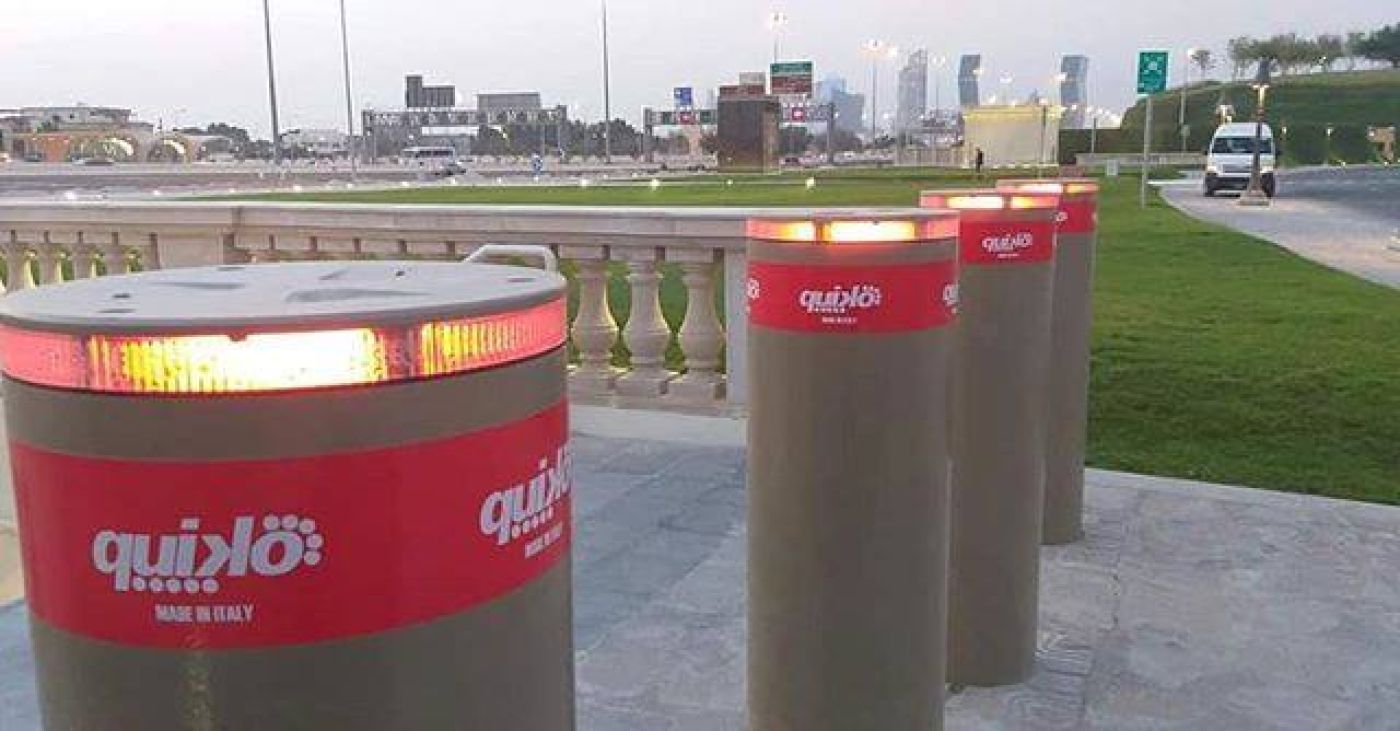Types of traffic bollards

Automatic rising bollards offer a neat, simple solution to keeping vehicles out of sensitive areas without the need for gates, and have little impact on the surrounding environment, especially designed to keep vehicle traffic out of sensitive areas. Operation can be through any of the following systems: * Electronic Point Of Sale (EPOS). This operates via touch-screen terminals and card readers. Automatic raising bollards fitted to these installations can handle a wide range of equipment, from ticket machines to retail sales booths.
Electromechanical automatic rising bollards
These can also be operated electronically. These are often available as keypad-based access control systems or via remotely-assigned access controls. An advantage is that these systems are simple to install and use and do not need manual entry. As is the case with touch-screen systems, installation can be done by using either a manual keypad or remote control.
Systems for automated systems
These offer a flexible, economical option for controlling traffic in busy or under-utilized areas, such as school zones and major public transportation hubs. An electronic bollard system can monitor traffic as well as automatically raise and lower vehicles to meet traffic density. It is useful in areas where manual traffic management is impractical or impossible, such as at airport terminals and crowded parking lots. This type of automatic rising bollard system requires advanced monitoring software. This option for automated traffic management is the most cost-effective of all three main types of automatic gate system.

Non-automated systems
As the name suggests, non-automated systems are controlled manually. The primary benefit of this type of traffic control is that it is more flexible and less expensive than most automatic bollards. Some common uses include lowering heavy vehicles, construction zones, and other high traffic locations without requiring physical access. The system is often used in conjunction with other types of traffic control devices, such as rising bollards and stop signs.
The three different types of traffic bollards are not only designed for different purposes, but also for different areas. Bollard systems are suitable for different traffic management requirements in an area. There is a range of automatic rising bollards that are available, depending on the needs of the local area. These include automatic rising bollards for parking lots, elevated work zones, overpasses and tunnels, elevated guardrails for pedestrian walkways, and public buildings and administration buildings. Each of these different applications requires different types of traffic management and should therefore be addressed by different types of traffic bollards.
It is important to understand the basics of traffic management and where to begin when considering automatic traffic management solutions. The basic purpose of an automated traffic management system is to promote traffic flow through the prioritized routes. The different types of automated traffic control solutions that are available depend upon factors such as the size of the traffic flow and the nature of the traffic management area. However, no matter where it is deployed, an automatic traffic management system provides crucial benefits to all areas of a commercial enterprise. This means that even remote and under-secured locations can enjoy the benefits of these solutions. So make sure you look at your current traffic flow patterns and then consider an appropriate solution.